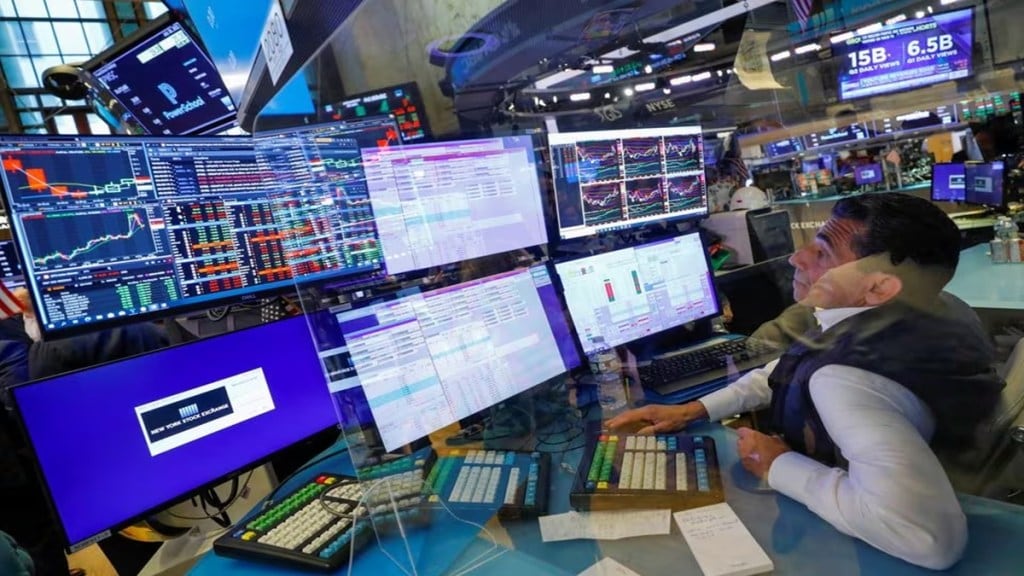U.S. prices increased moderately in February and the cost of services outside housing slowed considerably, keeping a June interest rate cut from the Federal Reserve on the table.
The personal consumption expenditures (PCE) price index rose 0.3% last month, the Commerce Department’s Bureau of Economic Analysis said on Friday.
Data for January was revised higher to show the PCE price index climbing 0.4% instead of 0.3% as previously reported.
Jeffrey Roach, Chief Economist for LPL Financial says, “The trajectory for consumer spending is weakening, especially since real disposable incomes declined in February. Core services inflation is slowing and will likely continue throughout the year. By the time the Fed meets in June, the data should be convincing enough for them to commence it’s rate normalization process. But where we sit today, markets need to have the same patience the Fed is exhibiting.”
In the 12 months through February, PCE inflation advanced 2.5% after increasing 2.4% in January. Economists polled by Reuters had forecast the PCE price index gaining 0.4% on the month and rising 2.5% year-on-year.
Price pressures are subsiding, though the pace has slowed from the first half of last year.
Bill Adams, Chief Economist for Comerica Bank says, “Inflation’s moderation hit some bumps in the road as energy prices rose 2.4% in February. The major price indexes (CPI and PCE) will likely register another hot increase in March with gasoline prices up on the month. But the trend in inflation still points lower. Core service prices less energy and housing, sometimes called Supercore PCE, rose a modest 0.2% in February after a 0.7% jump in January. From a year earlier, Supercore PCE inflation slowed to 3.3% from 3.5% and was the coolest since March 2021. The continued moderation of Supercore PCE Inflation keeps the Fed on course for a first rate cut at one of their next few decisions.”
Fed officials last week left the U.S. central bank’s policy rate unchanged in the current 5.25%-5.50% range, having raised it by 525 basis points since March 2022.
Policymakers anticipate three rate cuts this year. Financial markets expect the first rate reduction in June. Fed Governor Christopher Waller said on Wednesday, “there is no rush to cut the policy rate” right now, but he did not rule out trimming borrowing costs later in the year.
Excluding the volatile food and energy components, the PCE price index increased 0.3% last month. That followed an upwardly revised 0.5% gain in January. The so-called core PCE price index was previously reported to have advanced 0.4% in January.
Core inflation increased 2.8% year-on-year in February after rising 2.9% in January. The Fed tracks the PCE price measures for its 2% inflation target. Monthly inflation readings of 0.2% over time are necessary to bring inflation back to target.
PCE services inflation excluding energy and housing gained 0.2% last month after surging 0.7% in January. Policymakers are monitoring the so-called super core inflation to gauge their progress in fighting inflation.
Consumer spending, which accounts for more than two-thirds of U.S. economic activity, jumped 0.8% last month after increasing 0.2% in January, the report also showed.


